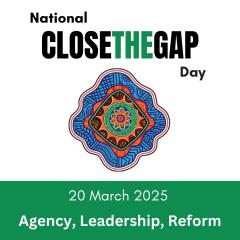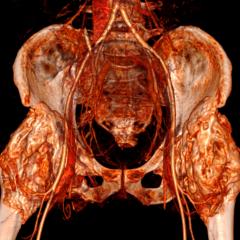Portable ultrasound devices could provide an alternative to x-ray machines for diagnosing forearm fractures in children in a move that could alleviate waiting times for families in hospital emergency departments (ED).
Researchers from the University of Queensland and Griffith University compared functional outcomes in children given an ultrasound and those who received an x-ray on a suspected distal forearm fracture.
Lead author Dr Peter Snelling, an Academic Title Holder with the UQ Child Health Research Centre and Griffith University School of Medicine and Dentistry, said the ultrasounds were performed by nurses, physiotherapists and emergency physicians at four south-east Queensland hospitals.
"A total of 270 children, aged between five and 15 years, were treated during the randomised trial, which included a check-up 28 days later and another check-in at eight weeks,” Dr Snelling said.
“The findings show the majority of children had similar recoveries and returned to full physical function.”
Less one-third of children who were given an ultrasound needed a follow-up x-ray and care at an orthopaedic clinic.
Those who didn’t have a buckle fracture or fractured arm were discharged from hospital without the need for further imaging.
Biostatistician and clinical epidemiologist, Professor Robert Ware, from Griffith University and the Menzies Health Institute Queensland, said overall, the children who received an ultrasound had fewer x-rays and shorter stays in the ED.
“Their families were also more satisfied with the treatment,” he said.
“This study has wider implications beyond a hospital diagnosis and follow up care.
“Bedside ultrasounds could potentially free up x-ray machines for patients who really need them and lower hospital costs without comprising patient safety.”
Dr David Bade, Director of Orthopaedic Surgery at the Queensland Children’s Hospital, said this study also helped tackle health inequality between larger and smaller hospitals in a meaningful way.”
“It eliminates the need for children and families in rural and remote communities to travel to larger hospitals for an x-ray.”
Professor Hugh Grantham ASM, Chair of the Emergency Medicine Foundation, said this collaboration study exemplified emergency medicine research at its best by identifying practical, translatable interventions that provide immediate positive outcomes for patients and help alleviate the burden on our hospitals and health system.”
The research was funded by grants from the Emergency Medicine Foundation, Wishlist Sunshine Coast Hospital Foundation, Queensland Advancing Clinical Research Fellowships and the Gold Coast Health Study Education and Research Trust Fund.
This paper is published in the New England Journal of Medicine. (DOI: NEJMdo007051)



